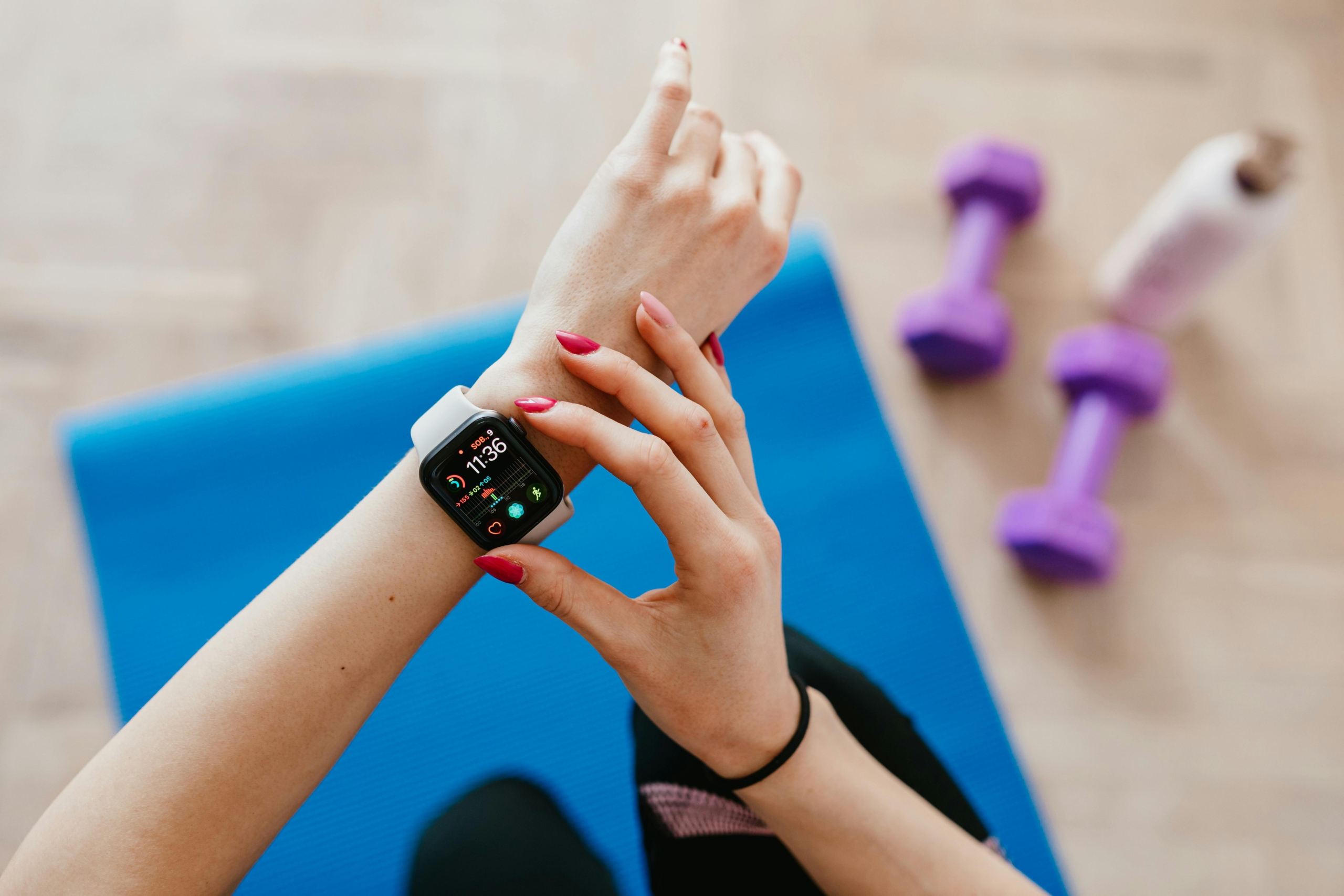Article
Winning the War for Wellness Tech: Key Insights from Diffusion’s 2025 Report

The latest Diffusion report on market and consumer trends looks at wellness technology, shedding light on the evolving attitudes, preferences and decision-making factors influencing wellness tech purchases.
What uncovered that in 2024, technology and wellness increasingly converged with the rise of products like fitness trackers, sleep sensors and light therapy, creating new challenges and opportunities for brands in the health and wellness tech space. In 2025, as technology becomes more integrated into daily well-being, brands must navigate shifting consumer preferences to stay relevant. Our report uncovers consumer challenges, highlights surprising motivations and reveals that social media alone is no longer the only thing consumers are looking for.
What Consumers Really Want
The wellness tech market is booming, but consumers are becoming pickier than ever. They’re not just chasing trends—they’re looking for products that genuinely address their health needs. In fact, 37% plan to invest in wellness tech that targets specific issues like gut health, skin health and mental focus within the next six months.
Sleep tops the priority list, with 37% of Americans saying they want to improve their sleep quality. Other big goals include drinking more water (34%), increasing physical activity (31%) and focusing on mental health (30%). Interestingly, nearly a quarter (23%) say they’re more focused on their mental well-being than physical health over the next six months.
But with so many options out there, consumers often feel overwhelmed and are becoming increasingly skeptical. One in four (25%) feel bombarded by choices, and more than half (55%) spend time researching the science behind products before buying. It’s no wonder that 62% rely on trustworthy online reviews to help them make informed decisions.
Bye-bye TikTok: Wellness Brands Have Nothing to Fear
When TikTok exploded in 2020, it seemed like every brand needed a presence on the platform to stay relevant. Fast forward to today, and with the app facing bans, many wellness brands are left worrying about a future without it. But here’s the surprising truth: TikTok is not as influential as everyone thinks when it comes to wellness tech purchases.
According to the data, only 35% of consumers actually value endorsements from influencers or celebrities when deciding on health and wellness tech. Instead, a staggering 85% turn to recommendations from health and medical professionals. This signals a major shift—consumers are moving away from influencer hype and gravitating towards authenticity and expert opinions.
It turns out that TikTok recommendations are not actually appealing to consumers, with over half of those surveyed (55%) admitting that the products they bought because of TikTok weren’t worth it, while 23% openly distrust paid endorsements from influencers or celebrities. In contrast, 32% of consumers prefer authentic content from everyday users who actually use the products.
So, what does this mean for wellness brands? It’s simple: focus on building trust through credible sources like scientific evidence, medical professionals and reputable reviews. Instead of relying on influencers to move the needle, brands should double down on authenticity and credibility to win over consumers as social media continues to evolve.
Looking Forward
To capture consumers’ attention in this increasingly crowded market, brands need to emphasize evidence-based claims, trustworthy endorsements and authentic user testimonials. By moving away from influencer-driven marketing and focusing on credibility and transparency, wellness tech companies can position themselves as reliable sources of truth amid the oversaturated market.
In 2025 and beyond, the brands that will thrive are those that prioritize building trust, rooted credible evidence and fostering genuine consumer connections. As WellTech continues to evolve, staying attuned to consumer preferences and emphasizing authenticity will be key to success.
To learn more about how wellness technology is shifting and what these insights mean for your brand, click here to request your copy.





